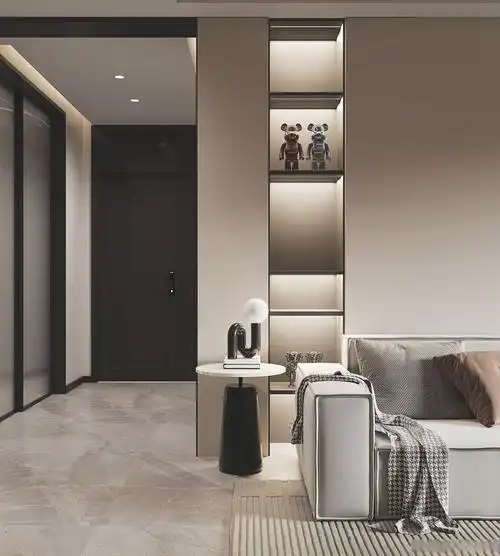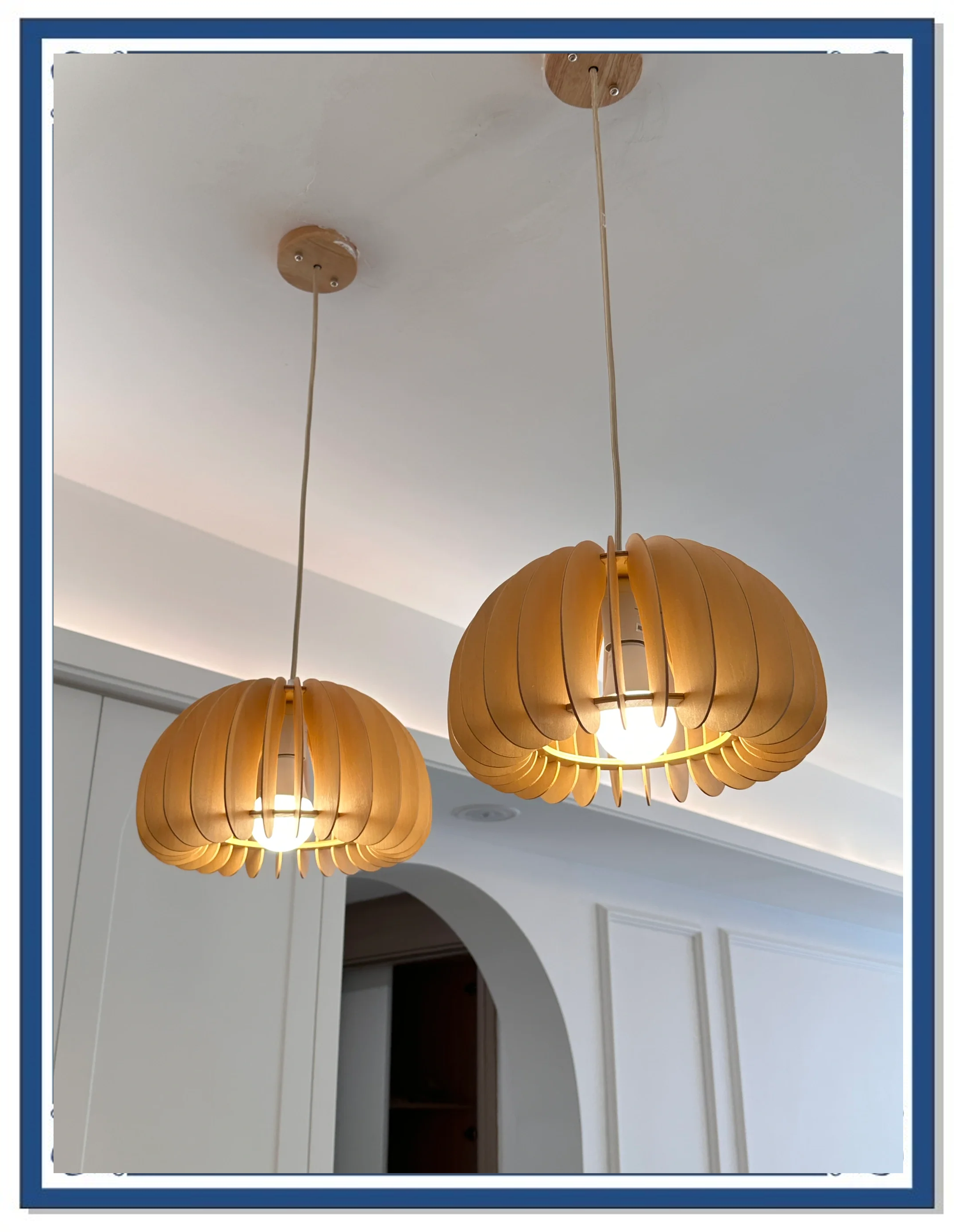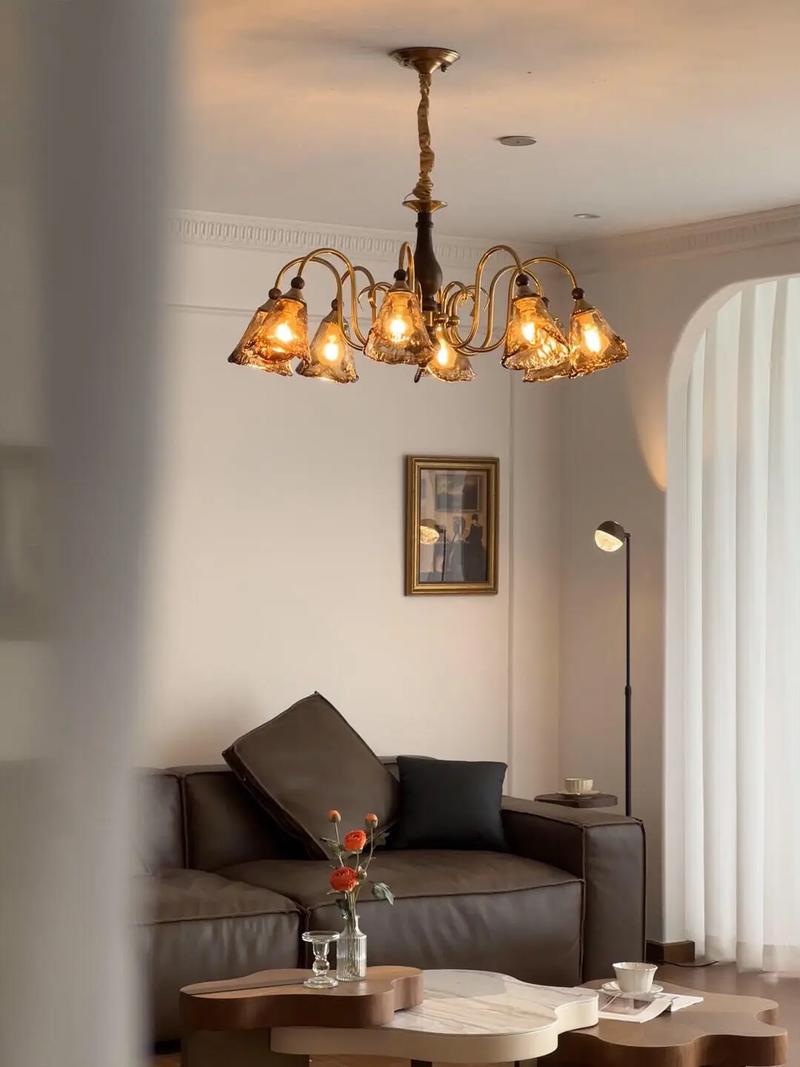Q: What influences the mood of a space?
A: Lighting influences the atmosphere of a space. Bright lighting can make a room feel cozy, while dim lighting can create a warmer atmosphere. Appropriate or inappropriate lighting can significantly impact a room's aesthetics. For example, a formal dining room can appear empty without a striking chandelier or pendant light.
Q: What are some common mistakes in interior lighting?
A: Six common lighting mistakes include ignoring function, choosing inappropriate fixtures, not considering wattage, not considering warmth or coolness, forgetting to install dimmer switches, and choosing fluorescent bulbs.

Q: What kind of lighting mistake is ignoring function?
A: Interior designer Audrey Sheck believes that installing lighting that doesn't provide enough brightness for the entire space is a major mistake. While lighting can be beautiful, it also serves a practical purpose. For example, a large, open-plan living room may require multiple fixtures or additional lighting sources, such as lamps.
Q: What exactly does it mean to choose inappropriate lighting?
A: Not all lighting types are suitable for every room in the home. For example, overhead recessed lighting might be suitable for a living room, while a shaded wall sconce provides a soft, ambient glow that's more suitable for a bedroom. A large floor lamp might be suitable for a home office but not for a children's playroom. Stylish homes often feature a variety of lamps and fixtures.
Q: What are the problems with not considering wattage?
A: Ben Marshall, Creative Director at Mitzi and HVLG, says choosing the wrong bulb is common. While lamps may indicate a maximum wattage, this doesn't necessarily mean you should use it; it's important to understand the actual output. It's recommended to buy several bulbs of varying wattages to see which one works best.

Q: What are the consequences of not considering the warmth or coolness of the light?
A: Color temperature is crucial for creating the right atmosphere. Some people prefer warmer tones over bright or white light, and bulbs in the 2500-2700K range are often recommended for a warmer hue. Others recommend bulbs in the 2700-3000K range for a warmer light without a tinge of orange or blue. Generally, spaces with warm lighting are more relaxing. Warm colors are suitable for bedrooms, while cool colors are suitable for areas where you need to stay alert, such as home offices and kitchens.
Q: What's wrong with forgetting your dimmer switch?
A: While installing a dimmer switch may cost more, it's well worth it considering the impact lighting has on your mood. Sometimes, for example, you need a lot of light for cleaning, while for a dinner party, you might prefer softer lighting. The purpose of lighting is to create depth, not to fill the room. However, it's not necessary for every room. It's suitable for bedrooms, living rooms, and dining rooms, but not necessarily for guest rooms or home offices.

Q: What are the downsides of choosing fluorescent bulbs?
A: While fluorescent bulbs are energy-efficient, they're not the best choice for residential environments. Breaking a bulb releases a small amount of mercury, requires specialized cleaning procedures, and can be an accidental option when children are around. It's best to avoid using them. Furthermore, fluorescent light can be glaring and unsightly.

